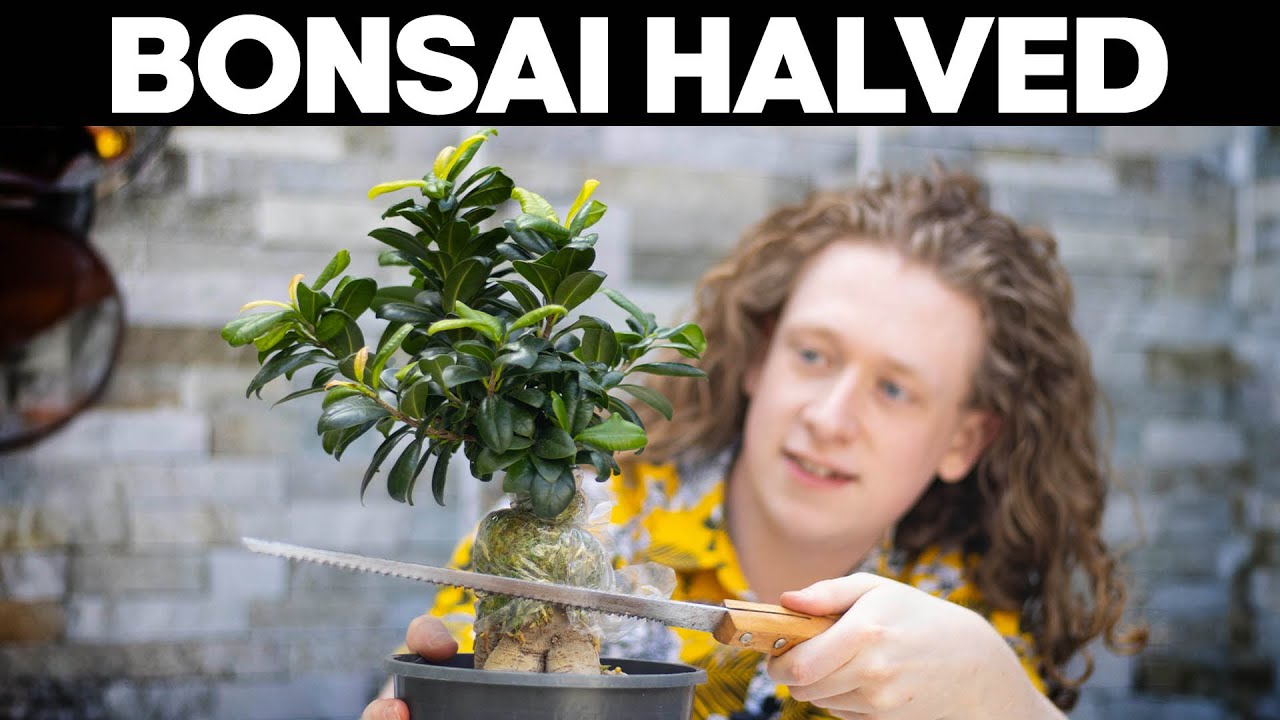We allow advertising on this website to support the blog. Some of content on this website was created with the help of AI.
In this blog post, we delve into the daring decision we made to cut our bonsai tree in half as part of a bold pruning experiment.
Introduction
Hello, dear readers! We are thrilled to have you join us for another exciting episode of “Notion Bonsai.” Today, we embark on a daring journey as we delve into the art of bonsai tree cultivation by cutting my Ficus Bonsai in half. The decision to take such a bold pruning step might raise eyebrows, but we are here to walk you through the process step by step, sharing our knowledge and insights along the way.
The Bold Decision: Cutting the Bonsai Tree in Half
Every bonsai enthusiast knows the importance of regular pruning to maintain the health and aesthetics of these miniature trees. However, cutting a bonsai tree in half takes courage and a deep understanding of the plant’s growth patterns. Our bonsai tree has reached a point where drastic action is necessary to stimulate new growth and rejuvenate its appearance.
- Assessing the Situation: We carefully examined our Ficus Bonsai and noticed an abundance of roots surrounding the air layer. This signaled that the plant was ready for a significant pruning operation.
- Preparing the Tools: The tools needed for this task include twig cutters, tweezers, root cutters, Gin-tang, and a bonsai saw. Having clean and sharp tools is essential to ensure a smooth and precise cutting process.
- Step-by-Step Process: Using a toothpick, we delicately removed the old sphagnum moss surrounding the roots to avoid damage. Moistening the roots and utilizing a bonsai tweezer to remove debris prepared the tree for the cutting process.
Careful Cutting: Ensuring the Bonsai’s Survival
Ficus Bonsai trees are known for their rapid root growth, especially in humid environments. To protect the plant’s health, cutting it just below the air layer is crucial. Ensuring that the roots remain undamaged during the cutting process is vital for the bonsai’s survival and future growth.
- Precision is Key: We approached the cutting process with precision and care, ensuring that the tree’s health was our top priority. The decision to cut it in half required a steady hand and a deep understanding of bonsai cultivation techniques.
- Pot Selection: Choosing the right pot for the newly cut bonsai is essential for its future growth and aesthetic appeal. The pot should provide adequate drainage and room for the roots to develop without constraints.
Conclusion
In conclusion, the process of cutting a bonsai tree in half is a bold and daring experiment that requires skill, patience, and a deep understanding of the plant’s needs. Through careful assessment, preparation, and execution, we were able to rejuvenate our Ficus Bonsai and set it on a path towards new growth and vitality. Remember, bonsai cultivation is an art that requires constant attention and care to thrive.
FAQs (Frequently Asked Questions)
- Why would you cut a bonsai tree in half?
- What tools are essential for cutting a bonsai tree effectively?
- How do you prevent root damage during the cutting process?
- What should you consider when selecting a new pot for a newly cut bonsai tree?
- Are there any alternative methods to rejuvenate a bonsai tree without cutting it in half?



